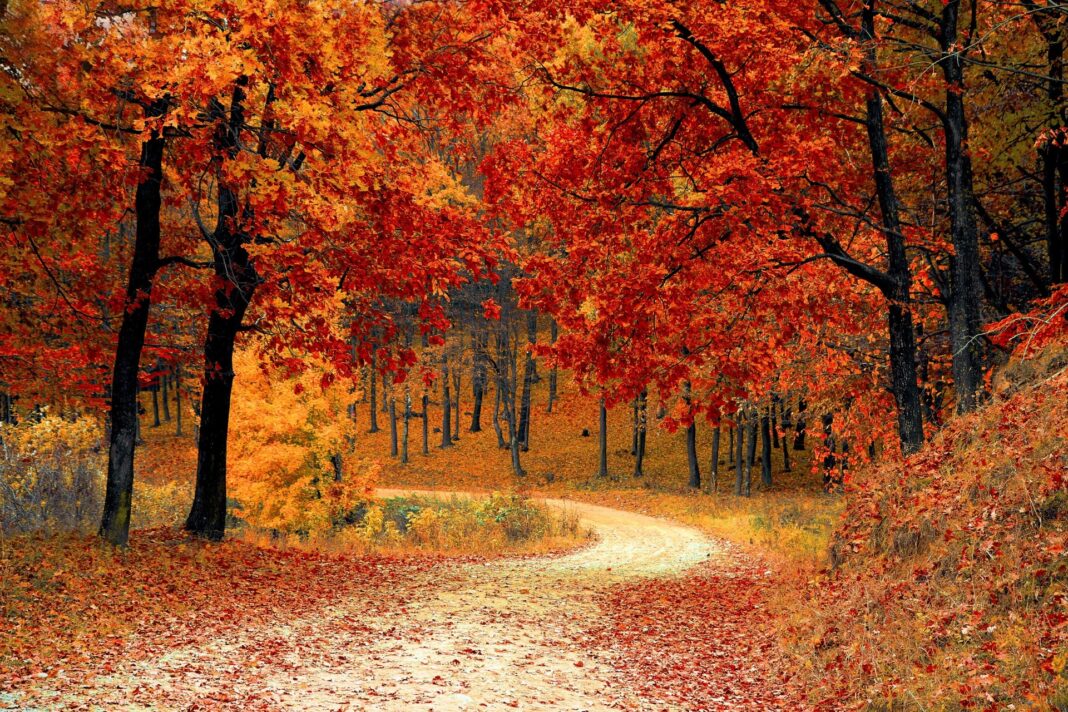Each leaf functions like a small factory powered by sunlight, converting light into energy through photosynthesis. Chlorophyll, responsible for the green color of leaves, plays a crucial role in this process.
As temperatures cool and daylight hours decrease, trees receive signals to prepare for the upcoming winter. This change triggers the breakdown of certain molecules in the leaves.
Compounds responsible for the yellow and orange hues of leaves are carotenoids and xanthophylls, also found in carrots and various fruits and vegetables.
Leaves with a high sugar content produce anthocyanin, the pigment responsible for red hues. These compounds are byproducts of additional sugar production toward the end of summer.
Different plant species and environmental factors contribute to the diversity of fall foliage. For instance, yellow leaves are more common in Western and Northern Canada, while maple trees dominate in Ontario and Quebec.
Several provincial, territorial, and national parks in Canada provide fall foliage reports to track the timing of leaf color changes. Algonquin Provincial Park in Ontario is renowned for its vibrant fall colors and offers updates on leaf transformations. As of September 21st, maple trees have begun changing colors, but most other trees have not yet started. The fall leaf shedding is a naturally stunning phenomenon that attracts visitors from all around to witness the vibrant colors of Canada’s forests in the fall.






